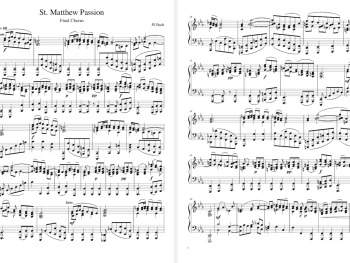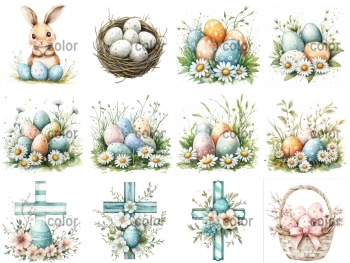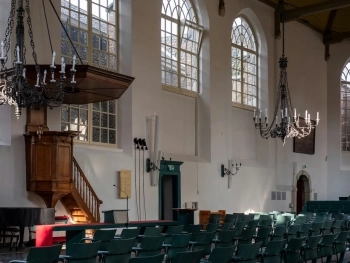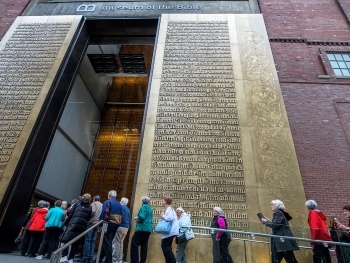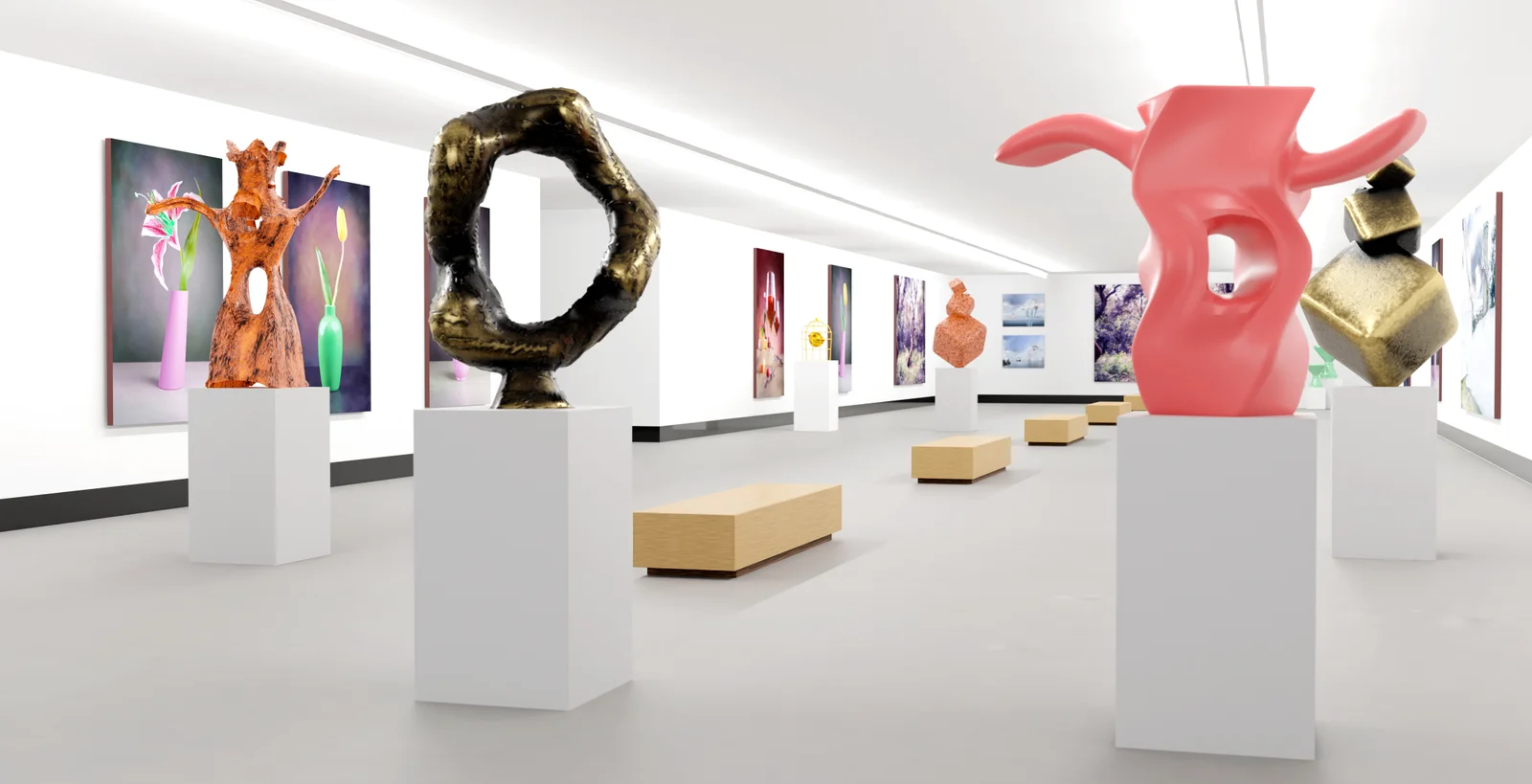
Art has constantly been an intrinsic a part of human civilization, performing as a mirror of cultural identity, spirituality, and creativity. Today, modern venues like https://benarto.com/ keep this undying tradition, providing a area in which the beauty of visible expression is preserved and celebrated. But the tale of artwork galleries stretches some distance beyond the partitions of contemporary exhibition halls—it is deeply rooted in historical history, intertwined with religion, philosophy, and the human need to report the sacred and the chic.
Ancient Art: Sacred Expressions of Humanity
The earliest art galleries had been not buildings full of artwork, however caves and sacred spaces wherein humanity first experimented with symbolic expression. Archaeologists have uncovered prehistoric cave artwork in Lascaux, France, and Altamira, Spain, dating again over 17,000 years. These primitive masterpieces depict looking scenes, animals, and spiritual rituals, serving as each storytelling equipment and sacred offerings.
In the historic Near East, artwork turned into profoundly tied to faith and governance. Temples and palaces have been embellished with reliefs, sculptures, and mosaics that reflected divine authority. For example, the partitions of Babylon bore problematic depictions of mythological creatures, even as the Assyrian palaces of Nineveh displayed enormous carvings of kings and gods. These early works had been no longer exhibited for aesthetic pleasure on my own—they had been acts of devotion and propaganda, showcasing the energy of rulers and deities.
Art in Biblical Context
The Bible itself gives a couple of references to inventive creation, emphasizing its importance in non secular lifestyles. In the Book of Exodus, God commands Moses to construct the Tabernacle, offering detailed instructions for creative craftsmanship:
“See, I have called by name Bezalel… and I have filled him with the Spirit of God, in wisdom, in understanding, in knowledge, and in all manner of workmanship, to design artistic works…” (Exodus 31:2–4)
This passage highlights the divine thought at the back of artwork, spotting creativity as a gift from God. The construction of Solomon’s Temple in Jerusalem similarly illustrates the biblical reverence for artwork. Skilled artisans crafted golden cherubim, complicated carvings of palm timber, and richly embroidered fabrics—an early testomony to how sacred spaces served as residing galleries of non secular art.
Similarly, in the Book of Ezekiel, artwork appears as both a mirrored image of beauty and a cautionary story. The prophet condemns the human beings for creating idolatrous pix, displaying the tension between art as worship and art as temptation.
From Antiquity to the Classical World
As civilizations flourished, art galleries commenced to take recognizable paperwork. In Ancient Greece, artwork was celebrated as a pursuit of ideal splendor and concord. Sculptures of gods, athletes, and philosophers embellished public spaces, at the same time as wealthy buyers displayed personal collections in their houses. The Romans took this a step further, developing pinacothecae—early variations of artwork galleries within temples and villas, showcasing paintings and mosaics.
One of the most famous examples become the Pinacotheca of the Parthenon in Athens, which housed sacred artwork devoted to Athena. Roman Emperor Augustus crammed his palaces with Greek works of art, efficaciously turning imperial residences into galleries reachable to elite site visitors.
Medieval Period: The Gallery as a Sacred Treasury
During the Middle Ages, a good deal of art’s motive became religious. Gothic cathedrals became spiritual galleries full of stained glass, illuminated manuscripts, and frescoes that advised biblical tales to an illiterate populace. Monasteries safeguarded valuable works of art, performing as custodians of cultural memory.
The medieval “gallery” was often a cloister or church hall in which sacred relics and devotional art had been displayed. Art remained deeply intertwined with theology, echoing the biblical precept that splendor pondered divine glory.
Renaissance and the Birth of Modern Galleries
The Renaissance marked a transformative generation, shifting art from in basic terms non secular to additionally humanistic issues. Wealthy households like the Medici in Florence amassed masterpieces by using Michelangelo, Leonardo da Vinci, and Raphael. These non-public collections regularly have become available to pupils and subsequently the public.
The Vatican Museums in Rome, for example, originated from Pope Julius II’s private series, evolving into one of the world’s maximum considerable artwork repositories. Renaissance buyers saw themselves as guardians of culture, laying the inspiration for the modern idea of the art gallery as a civic and academic space.
Enlightenment and the Rise of Public Art Galleries
In the 17th and 18th centuries, the Enlightenment democratized artwork appreciation. Galleries such as the Louvre in Paris (hooked up in 1793) were opened to the public, reworking royal and aristocratic collections into cultural establishments for all. Art have become a device for national identity and schooling, no longer just private luxurious.
Similarly, in England, the British Museum started out displaying artworks for free, selling the concept that art belonged to humanity. This era gave birth to the museum and gallery way of life we apprehend nowadays.
Contemporary Art Galleries: A Dialogue Across Time
Modern galleries like Benarto Art Gallery maintain this millennia-old communicate between past and present. While historical art served sacred and ceremonial features, these days’s galleries embody numerous narratives—exploring no longer most effective splendor but also social remark, identity, and international troubles.
Contemporary artwork spaces regularly integrate traditional works with contemporary installations, growing immersive experiences that echo historic sacred environments. Just as the biblical artisans infused their paintings with non secular that means, cutting-edge artists nevertheless attempt to connect with the human soul.
The Eternal Significance of Art
From the painted caves of prehistoric ancestors to the golden halls of Solomon’s Temple, from Greek pinacothecae to the delicate halls of Benarto Art Gallery, the history of art galleries is a adventure of devotion, splendor, and shared humanity. Art remains a conventional language—one that transcends time, subculture, and religion, forever linking the human enjoy to the divine.
Ancient Artifacts Art history Ancient art Biblical art references Evolution of art galleries Sacred art Renaissance art Museum history Religious art Contemporary art spaces





